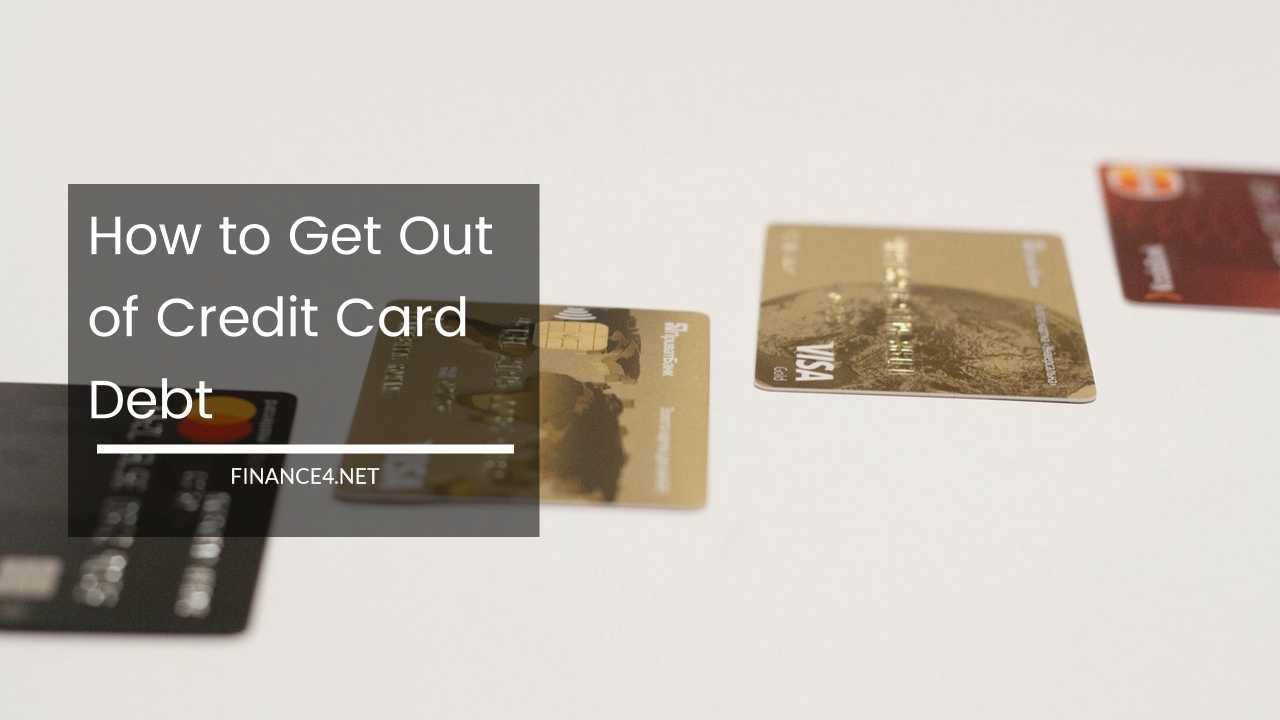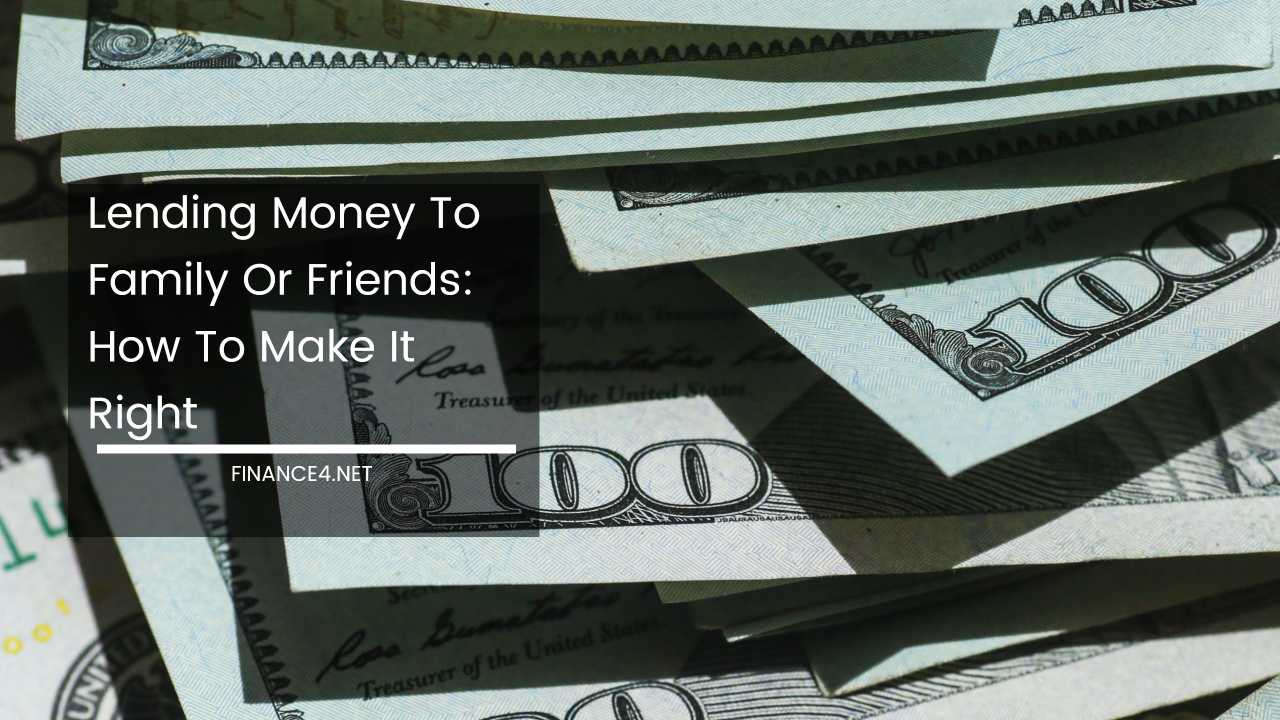How to Get Out of Credit Card Debt
Conquering the Plastic Monster: A Comprehensive Guide to Eradicating Credit Card Debt
Credit cards: they offer undeniable convenience, the ability to build credit scores, and sometimes even travel rewards.
But their allure can easily lead to a trap of high-interest debt. If you’re one of the millions battling credit card balances, don’t despair! Freedom from plastic prison is achievable.
This comprehensive guide equips you with powerful strategies, a step-by-step approach to eliminate credit card debt, and the knowledge to build a secure financial future.
Understanding the Enemy: The Anatomy of Credit Card Debt
The first step to conquering any foe is to understand its nature. Credit card companies profit from interest charges, which accrue on unpaid balances.
These rates can be astronomical, often exceeding 20%. The longer you carry a balance, the more interest you pay, creating a vicious cycle that can quickly spiral out of control.
Understanding the different types of interest (fixed vs. variable) and how they impact your debt is crucial. Fixed interest rates remain constant throughout the life of the debt, while variable rates can fluctuate based on market conditions.
Here’s a deeper dive into the anatomy of credit card debt:
- Annual Percentage Rate (APR): This crucial number represents the yearly interest rate you’re charged on your outstanding balance. It’s important to understand that the APR advertised might be an introductory rate, which only applies for a limited time. Be sure to factor in the ongoing APR after the introductory period ends.
- Minimum Payment: This is the least amount you must pay each month to avoid late fees. However, paying only the minimum payment barely touches the principal amount, meaning it takes an excruciatingly long time to pay off the debt while interest continues to rack up.
- Late Fees: Missing a payment triggers a late fee, which can be a significant amount and further strain your financial situation.
- Balance Transfer Fees: If you consider transferring your balance to a 0% introductory APR card, be aware of potential balance transfer fees. These fees can range from 3% to 5% of the transferred amount, so factor that into your calculations to see if the benefits outweigh the costs.
Taking Inventory: Assess Your Debt Landscape
To craft an effective battle plan, you need a clear picture of your enemy. Gather your credit card statements and meticulously list the following:
- Card Name and Issuer: Identify each card and its issuing bank. Include store-specific cards you might have.
- Current Balance: This is the total amount you owe on each card.
- Minimum Payment: This is the least you must pay each month to avoid late fees.
- Interest Rate: This crucial number determines how much you’re charged on your outstanding balance. Distinguish between fixed and variable rates.
- Statement Closing Date: Understanding your statement closing date is important because any purchases made after that date won’t appear on your current statement but will be reflected in the next one. This can impact your minimum payment calculations.
Charting Your Course: Effective Debt Repayment Strategies
With a clear understanding of your debt, you can choose a repayment strategy that best suits your financial situation and personality. Here’s a breakdown of the two most popular methods, along with some additional options:
- Avalanche Method: Prioritize cards with the highest interest rates. Throw all your extra cash at this card while paying the minimum on others. This method saves you money in the long run by minimizing total interest paid.
- Snowball Method: Focus on paying off the card with the smallest balance first, regardless of interest rate. This can provide early wins and a psychological boost, keeping you motivated. Seeing a card paid off entirely can be a powerful motivator to tackle the bigger ones.
- Debt Consolidation Loan: If you have good credit, consider consolidating your debts into a single loan with a lower interest rate than your credit cards. This simplifies your repayment process and potentially saves money. However, be cautious not to fall into further debt with the consolidated loan. Treat it as a tool to eliminate credit card debt, not a blank check for new spending.
Beyond Minimum Payments: Supercharge Your Debt Repayment
Here are additional strategies to accelerate your debt elimination journey:
- Increase Your Income: Explore ways to generate more income through a side hustle, overtime, or freelance work. Every extra dollar goes directly towards debt reduction. Consider selling unused items or decluttering your home for a quick influx of cash.
- Trim Your Expenses: Analyze your spending habits ruthlessly. Can you cut back on dining out, entertainment, subscriptions, or impulse purchases? Reducing expenses frees up cash for accelerated debt payments. Create a budget using a budgeting app or spreadsheet to track income and expenses and identify areas where you can cut back.
- Negotiate with Creditors: Contact your credit card issuers and explain your situation honestly. Be prepared to discuss your financial hardship and commitment to getting out of debt. They may be willing to:
-
- Lower your interest rate: This can significantly reduce your total debt repayment amount.
- Offer a temporary hardship program: This might involve reducing your minimum payment or waiving late fees for a limited time. Be aware that such programs often come with stipulations, like requiring on-time payments moving forward.
- Forgive late fees: While not guaranteed, some creditors might be willing to waive late fees, especially if you have a history of on-time payments before your current situation.
-
Balance Transfer Card (Strategically): Some cards offer 0% introductory APR periods on transferred balances. This allows you to focus on paying down the principal without interest accumulation for a limited time. However, use this strategically to tackle a high-interest card. Remember, such cards often have a balance transfer fee, so factor that into your calculations. Be sure you have a plan to pay off the transferred balance before the introductory period ends to avoid getting hit with a higher interest rate.
-
Consider a Credit Counseling Service: Non-profit credit counseling agencies offer helpful resources and guidance to manage your debt. They can help you:
- Develop a personalized debt repayment plan.
- Negotiate with creditors on your behalf.
- Provide financial education to help you avoid future debt problems.
Building a Safety Net: The Emergency Fund
Unexpected expenses can derail your debt repayment plan. Aim to build an emergency fund of 3-6 months’ living expenses. This safety net protects you from using credit cards to cover emergencies, keeping you on track towards debt freedom. Here are some tips for building your emergency fund:
- Automate Savings: Set up automatic transfers from your checking account to your savings account each payday. Even a small amount consistently saved adds up over time.
- Review Recurring Expenses: Look for areas in your budget where you can cut back and redirect those funds towards your emergency savings.
- Challenge Yourself: Consider a “no-spend” weekend or month to save on unnecessary expenses.
Staying Motivated: The Mental Game of Debt Repayment
Conquering credit card debt is a marathon, not a sprint. Here are tips to stay motivated on your journey:
- Track Your Progress: Celebrate milestones, big or small. Seeing progress visually can be a powerful motivator. There are many debt tracking apps and websites available to help you visualize your progress.
- Reward Yourself: Set achievable milestones and reward yourself for reaching them. This reinforces positive behavior and keeps you engaged. Rewards don’t have to be extravagant; a nice dinner out or a relaxing activity can be enough to keep you motivated.
- Find a Support System: Talk to friends, family, or online communities for encouragement and accountability. Sharing your struggles and successes with others who understand your journey can be a great source of motivation.
Beyond Debt Freedom: Building Financial Wellness
Once you’ve conquered credit card debt, it’s time to build a secure financial future:
- Create a Budget: Track your income and expenses to ensure responsible spending habits. Many budgeting apps and resources can help you create and stick to a budget.
- Automate Savings: Set up automatic transfers to savings or retirement accounts. “Pay yourself first” to build a secure future.
- Embrace Responsible Credit Use: Credit cards can be a valuable tool if used responsibly. Pay your balance in full each month to avoid interest charges and build your credit score.
- Monitor Your Credit Score: Regularly check your credit score and take steps to improve it if necessary. A good credit score can qualify you for lower interest rates on loans and mortgages in the future.
Final Thoughts: A Debt-Free Future Awaits
Eradicating credit card debt is an empowering journey. By following this guide, taking strategic action, and staying motivated, you can achieve financial freedom.
Remember, you are not alone. With dedication and the right tools, you can break the chains of credit card debt and build a secure financial future.




